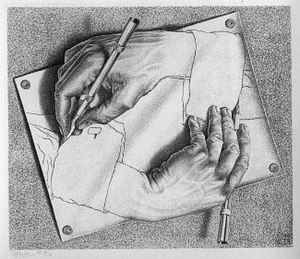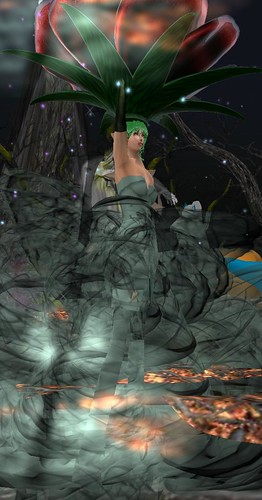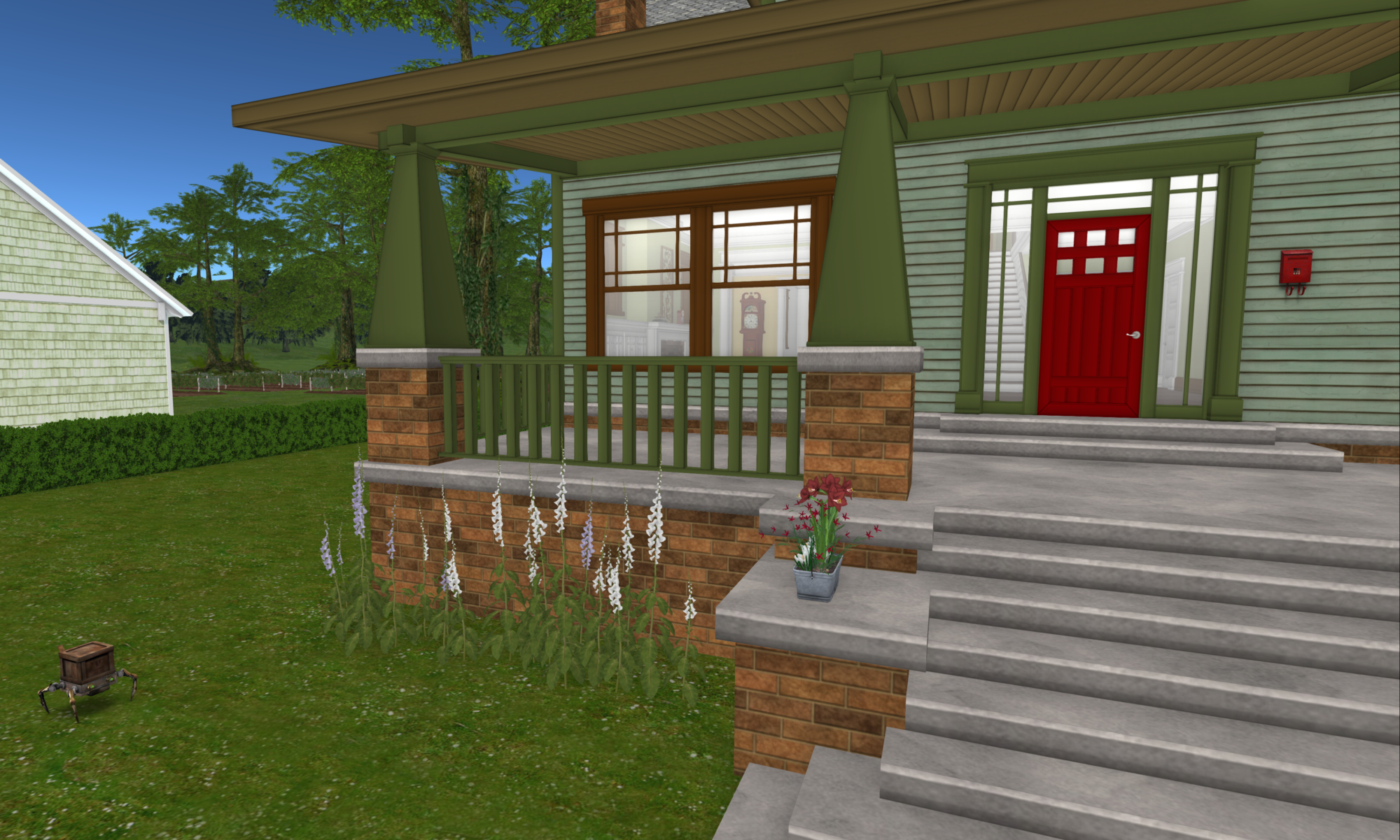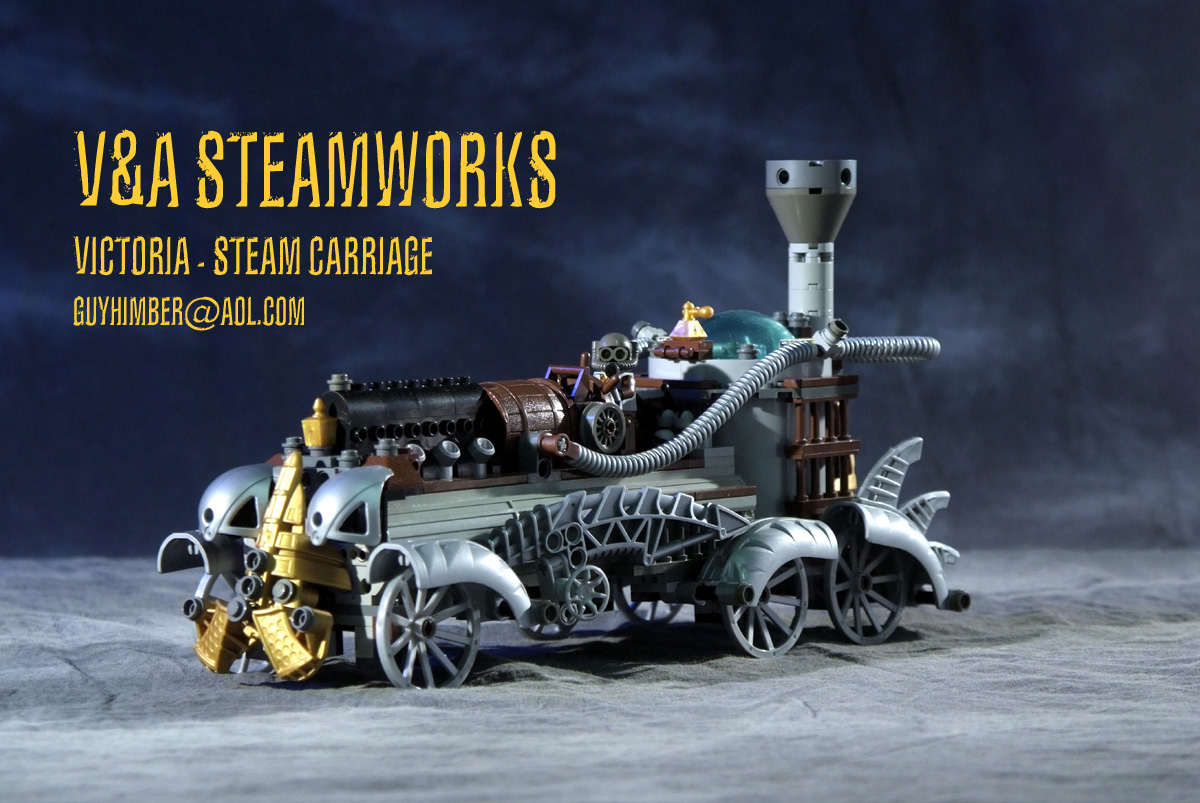Fashion in Second Life: Can We Run Out of Ideas
A Mix & Match Blog Post
by Dusan Writer
There are a few things I know nothing about. I can never find the Big Dipper. I can’t get my dog to bring the ball back. And my entire wardrobe consists of blue shirts.
Beautiful blue shirts, mind you. Expensive blue shirts, blue shirts with dark blue buttons and others with white ivory ones, and blue shirts made of cotton and blue shirts made of some kind of semi-stretchy thing that’s obviously intended for someone who doesn’t weigh next to nothing, just call it toned, sounds better than skinny, but that’s not the point: the point is that even though I can look OK, spruce up all right for a business meeting say or a night out for dinner with friends, whatever, I’m still blue, that’s still the extent of my sense of fashion. I didn’t realize there was an Hommes Vogues (or is it Vogues Hommes) until I was asked to camp out on Tenth Life here and ponder whether, in Second Life, fashion will run out of ideas. Or more specifically:
“Can fashion run out of ideas in Second Life? Fashion in Real Life seems to have gone off on tangents in order to find new ideas. This may not work in SL. What are your thoughts on this?”
For me, fashion ran out of ideas for me when I hit, hmmm, 14 probably – that horrible experiment with parachute pants is what did me in, from that moment on it was jeans and blue shirts.
So I knew I would have trouble from the start: not knowing anything about fashion in real life, I’d hardly be able to comment on it in a virtual one. The only thing I knew for sure was my unwavering belief in the power of prim hair, from which I could extrapolate that how we look, and how we feel about how we look in a virtual world is, in some ways, even more important than how we look in the real one, because in the real world we might think we look like a movie star but that doesn’t mean we do, it just means we’re prone to wishful thinking maybe. But in the virtual world, we all really DO look like movie stars, even if it’s a period thing with feathered fans and languid glances.
And it’s in this range of possibilities that I got stumped: not so much about the problem of where the next fashion trend will come from, how to keep it fresh and alive for all the movie stars and Glamor Queens of the Grid – but rather, in a world of endless possibility, where our identity is an extension or a separation of us, where our environments can create a symbiosis between how we project ourselves and how the world responds….how can you POSSIBLY run out of ideas?
The Endless Tangent of the Self and Strange Loops
One of the strange and disconcerting powers of virtual worlds is what I call the strange loop, the odd interplay between the real and the virtual, each embedded in the other, like Escher’s painting of hands:

And the strange loop is important, because I believe it arrives, in part, from boundless possibility. Virtual worlds give us options: to be ourselves or to be someone completely different. To live in a beach house, or in a Victorian steampunk village. This exploration of possibilities is, at first, a way to stretch our imaginations. To explore what we might never be, or to act in ways we’d otherwise fear being seen.
But the strange loop also says that no matter how far from ourselves we travel, eventually we arrive right where we started, and need to reconcile this odd character with the rest of us: our avatars are not, we discover, separate from us, they ARE us, and as such need to be brought home. There are theories of recursiveness that touch on this, and as Tom Boellstorff pointed out, virtual worlds are recursive by nature: they are techne within techne, the tools of our production are contained WITHIN a tool of production, and thus of sociality and culture.
And so with fashion, I suppose, because if fashion is anything like the other strange dislocations that people experience in virtual worlds, we discover eventually that we’re back where we started: we try to escape “real life fashion”. We’re faced with nearly limitless possibilities. We don’t only have the tools to create a dress, we can also create the shoes, the hair, the skin, and while we’re at it the whole city in which it will fit right in.
But eventually we face that strange loop: the need to reconcile what we’ve discovered in the virtual world with our actual ones: identity, fashion, social hierarchies, love, or the creative muse.
A New Renaissance

An earlier me in, um, a blue shirt
I’ve written that virtual worlds might herald a new renaissance, or at least be early indicators. What we learn in Second Life about collaboration, say, or the nature of work. What we learn about new forms of sociality – the emergence of a tribal morality, for example, have implications beyond virtuality into the actual.
If this is true, then virtual worlds presage the emergence of craft and art again, in counterpoint to mass production:
“On the one hand, technology enables rapid, low-cost, and mass production. And anyone who’s ever rezzed a prim just for the pure love of it stands on the other.
What stands between them is mastery of craft versus mastery of production. Ten years ago you needed specialized equipment to mash up music. To alter images. To make your own movie. Heirloom vegetables were almost extinct but now they sit beside their organic “100 mile” cousins at a chain grocery store. Value is being created by smaller and smaller producers – right down to the unit of one. And in virtual worlds, this movement is writ large in almost every sim and build.”
A crisis in fashion may not be a crisis of ideas: but rather the awareness that all bets are off anyways, that the way that ideas are created, and shared, and sold, and spread doesn’t follow the old models. All bets are off, and in the pursuit of markets and competition over freebies and the latest designs, we’re also aware that none of that matters really – it’s not the lack of ideas that’s the problem, it’s that in virtual worlds we’re discovering that our notions of work and craft were built on loose foundations, and what we’re looking for isn’t a new skirt design, but a new way instead of integrating our creative spirits into the wider world.
The Courage to Create

Eshi’s Rez Day, Photo by Jean-Ricard Broek, clothes her own
Rollo May says that the courage to create is the greatest courage of them all. It is the wellspring of new forms, and new forms are what nurtures society, gives it a view of itself, lets it craft a new way forward.
And he distinguishes two types of creativity: escapist and genuine. Escapist creativity “lacks encounter” he says. It’s not that the creativity isn’t “real”, it’s that the process of creation isn’t engaged:
“The essential point is not the presence or absence of voluntary effort, but the degree of absorption, the degree of intensity,” he says. “There must be a specific quality of engagement….It is not irrational, it is, rather, suprarational. It brings intellectual, volitional, and emotional functions into play all together.”
I’d propose that if Rollo May were around to see Second Life, he’d discover the supreme site for creativity in the world today. In a virtual world, the experience creates a cross-over between emotion and mind, between our sense of self and sense of engagement with others…the ideal melting pot for creative courage.
Your World, Your Imagination
Creative courage is, in the end, both a challenge to orthodox and a reaching out to spirit. Fashion – a visual language, is not about being trendy, or even about being fashionable. It is a visual form derived purely from imagination.
The French philosopher Gaston Bachelard wrote that “man lives by images, for only images can set verbs in motion again….Images challenge us. Indeed, images are more challenging than ideas.”
It is through images, through the imagination, that we can feed hope, for there is “an innate optimism in all works of imagination.” Through the imagination we become transported:
“…outside the immediate world to a world that bears the mark of infinity. Isn’t imagination alone able to enlarge indefinitely the images of immensity? It takes us to the space of elsewhere.”
Ideas will never run out, because ideas, the imagination, is not constrained by either reality or virtuality, it is held instead in the cupped hand of possibility, in the endless space of elsewhere which is both our own spirit and another.
“There is a river of creativity running through all things, all relationships, all beings, all corners and centers of the universe. We are here to join it, to get wet, to jump in, to ride these rapids, wild and sacred as they be.” (M. Fox)




